Over the weekend the New York Times Magazine ran an article titled “Why do Americans Stink at Math?” by Elizabeth Green. The article is as much an explanation of why it’s so hard not to stink as an explication of our problems. But I think in warning about the rough road of math improvement, the author may not have even gone far enough.
The nub of her argument is this. American stink at math because the methods used to teach it are rote, don’t lead to transfer to the real world, and lead to shallow understanding. There are pedagogical methods that lead to much deeper understanding. U.S. researchers pioneered these methods and Japanese student achievement took off when the Japanese educational system adopted them.
Green points to a particular pedagogical method as being vital to deeper understanding. Traditional classrooms are characterized by the phrase “I, we, you.” The teacher models a new mathematical procedure, the whole class practices it, and then individual students try it on their own. That’s the method that leads to rote, shallow knowledge. More desirable is “You, Y’all, We.” The teacher presents a problem which students try to solve on their own. Then they meet in small groups to compare and discuss the solutions they’ve devised. Finally, the groups share their ideas as a whole class.
Why don’t US teachers use this method? In the US, initiatives to promote them are adopted every thirty years or so—New Math in the 60’s, National Council of Teachers of Mathematics Standards in the late ‘80’s--but they never gain traction. (Green treats the Common Core as another effort to bring a different pedagogy to classrooms. It may be interpreted that way by some, but it’s a set of standards, not a pedagogical method or curriculum.)
Green says there are two main problems: lack of support for teachers, and the fact that teachers must understand math better to use these methods. I think both reasons are right, but there’s more to it than that.
For a teacher who has not used the “You, Y’all, We” method it’s this bound to be a radical departure from her experience. A few days of professional development is not remotely enough training, but that’s typical of what American school systems provide. As Green notes, Japanese teachers have significant time built into their week to observe one another teach, and to confer.
Green’s also right when she points out that teaching mathematics in a way that leads to deep understanding in children requires that teachers themselves understand math deeply. As products of the American system, most don’t.
Green’s take is that if you hand down a mandate from on high “teach this way” with little training, and hand it to people with a shaky grasp of the foundations of math, the result is predictable; you get the fuzzy crap in classroom that’s probably worse than the mindless memorization that characterizes the worst of the “I, we, you” method.
But I think there are other factors that make improving math even tougher than Green says.
First, the “You, Y’all, We” method is much harder, and not just because you need to understand math more deeply. It’s more difficult because you must make more decisions during class, in the moment. When a group comes up with a solution that is on the wrong track, what do you do? Do you try to get the class to see where it went wrong right away, or do you let them continue, and play out the consequences of the their solution? Once you’ve decided that, what exactly will you say to try to nudge them in that direction?
As a college instructor I’ve always thought that it’s a hell of a lot easier to lecture than to lead a discussion. I can only imagine that leading a classroom of younger students is that much harder.
There are also significant cultural obstacles to American adoption of this method. Green notes that Japanese teachers engage in “lesson study” together, in which one teacher presents a lesson, and the others discuss it in detail. This is a key solution to the problem I mentioned; teachers discuss how students commonly react during a particular lesson, and discuss the best way to respond. That way, they are not thinking in the moment, but know what to do.
The assumption is that teachers are finding, if not the one best way to get an idea across, then a damn good one. As Green notes, that often gets down to details such as which two digit numbers to use for particular example. An expectation goes with this method; that everyone will change their classroom practice according to the outcome of lesson study. This is a significant hit to teacher autonomy, and not one that American teachers are used to. It’s also noteworthy that there is no concept here of honoring or even considering differences among students. It’s assumed they will all do the same work at the same time.
The big picture Green offers is, I think, accurate (even if I might quibble with some details). Most students do not understand math well enough, and the Japanese have offered an example of one way to get there. As much as Green warns of the challenges in Americans broadly emulating this method, I think she may underestimate how hard it would be. It may be more productive to try to find some other technique to give students the math competence we aspire to.

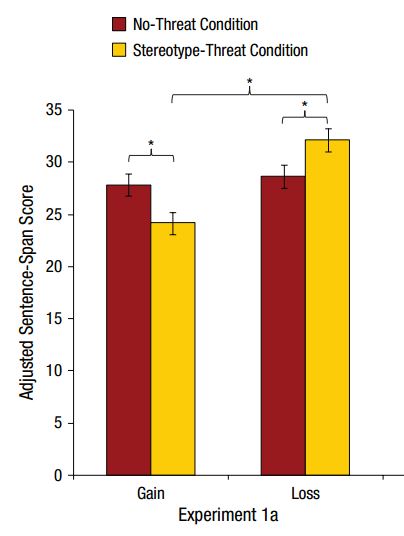
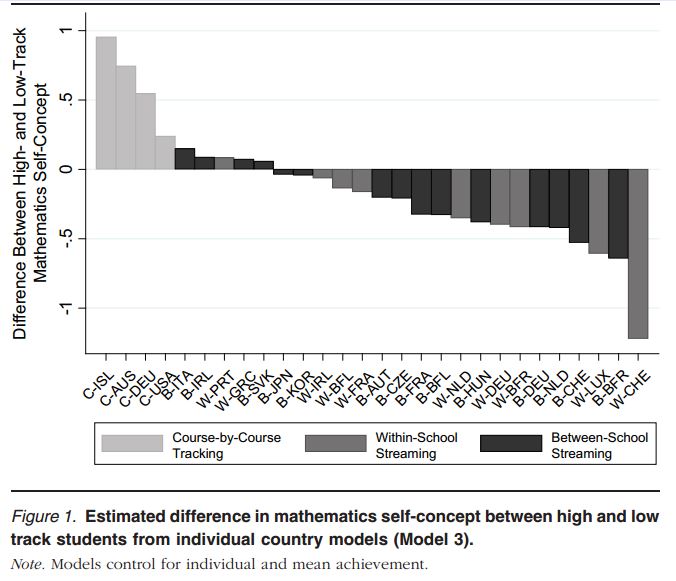


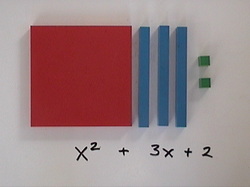

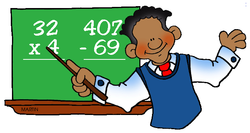



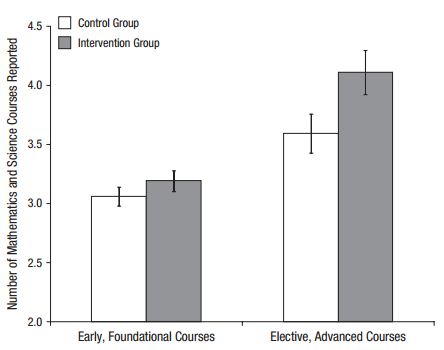
 RSS Feed
RSS Feed